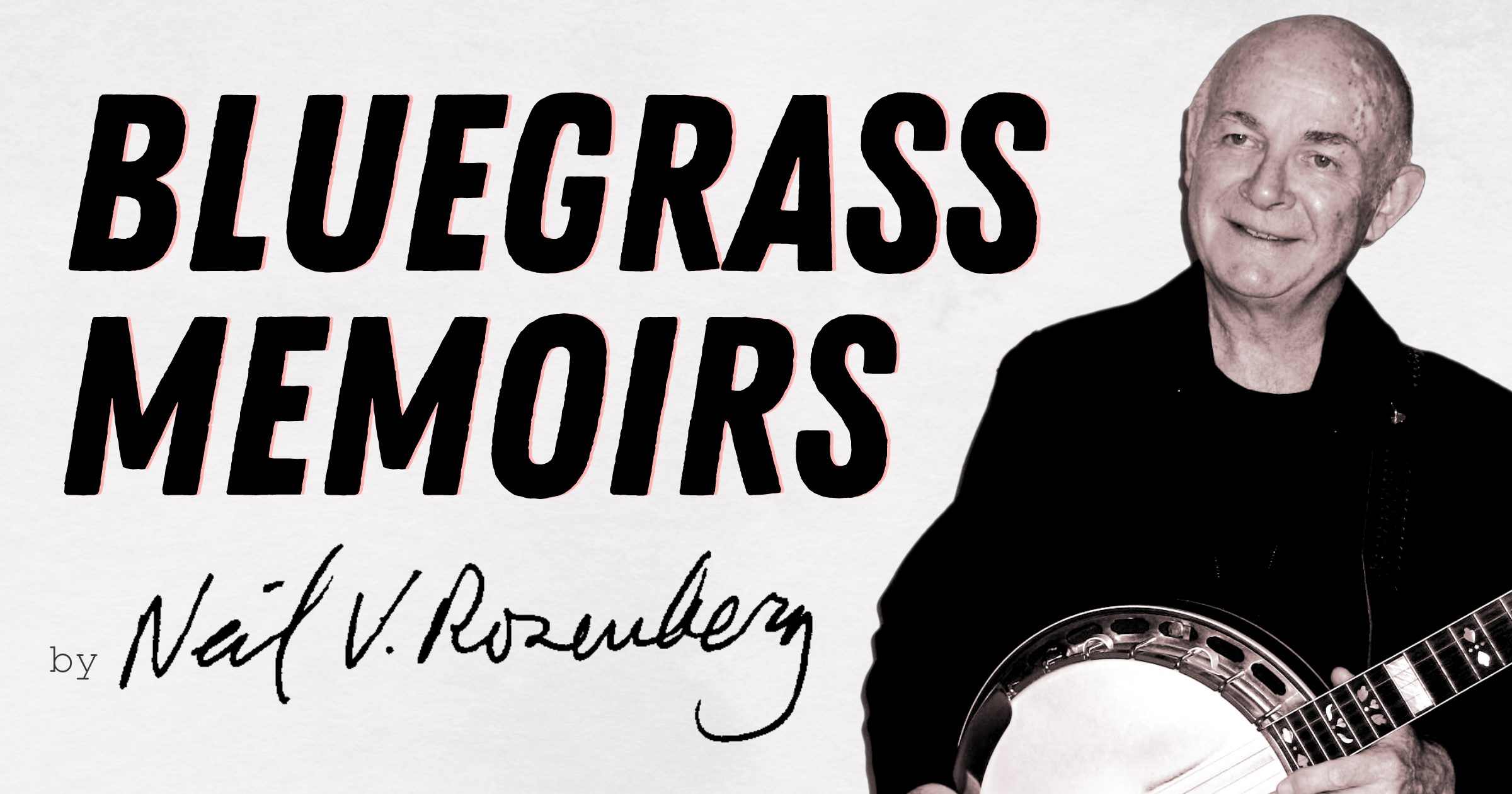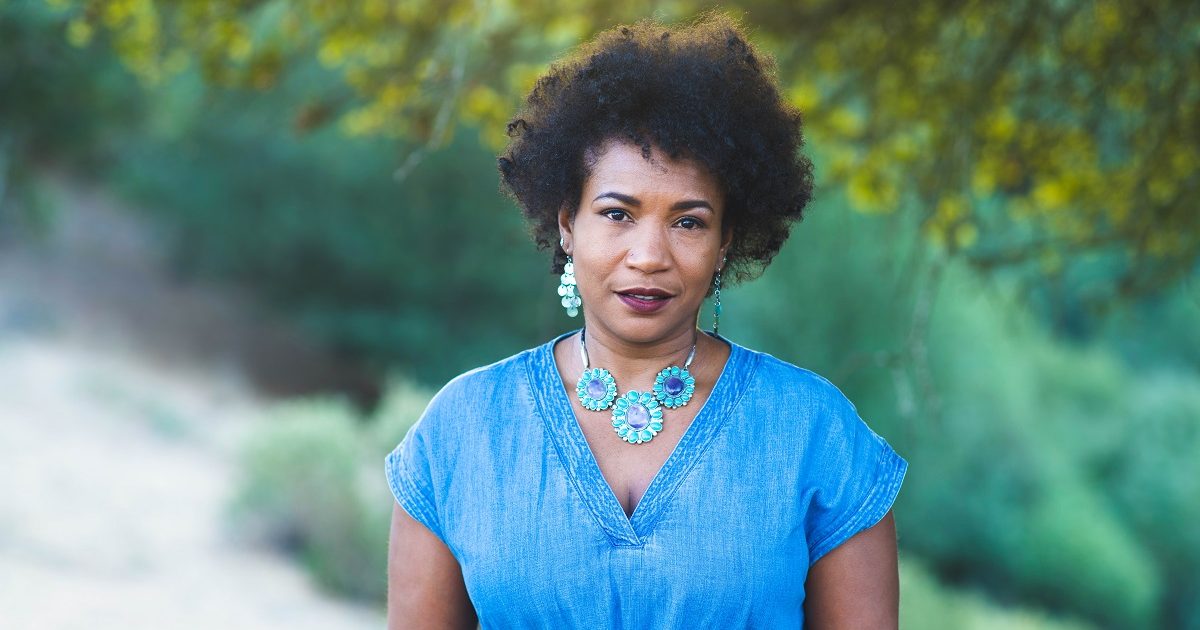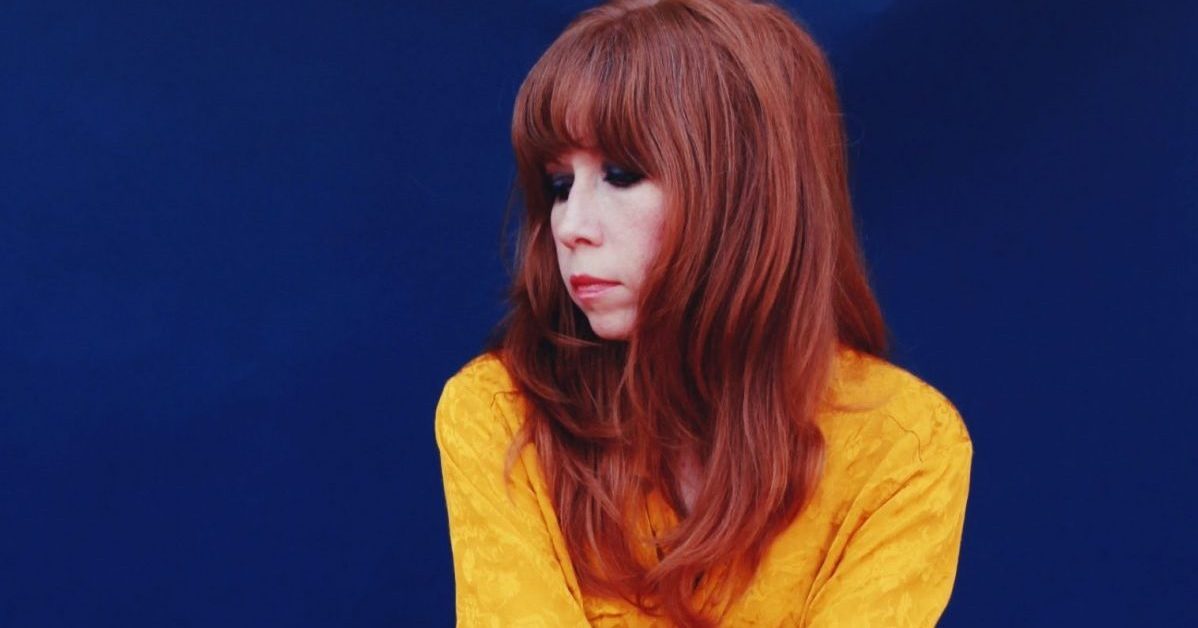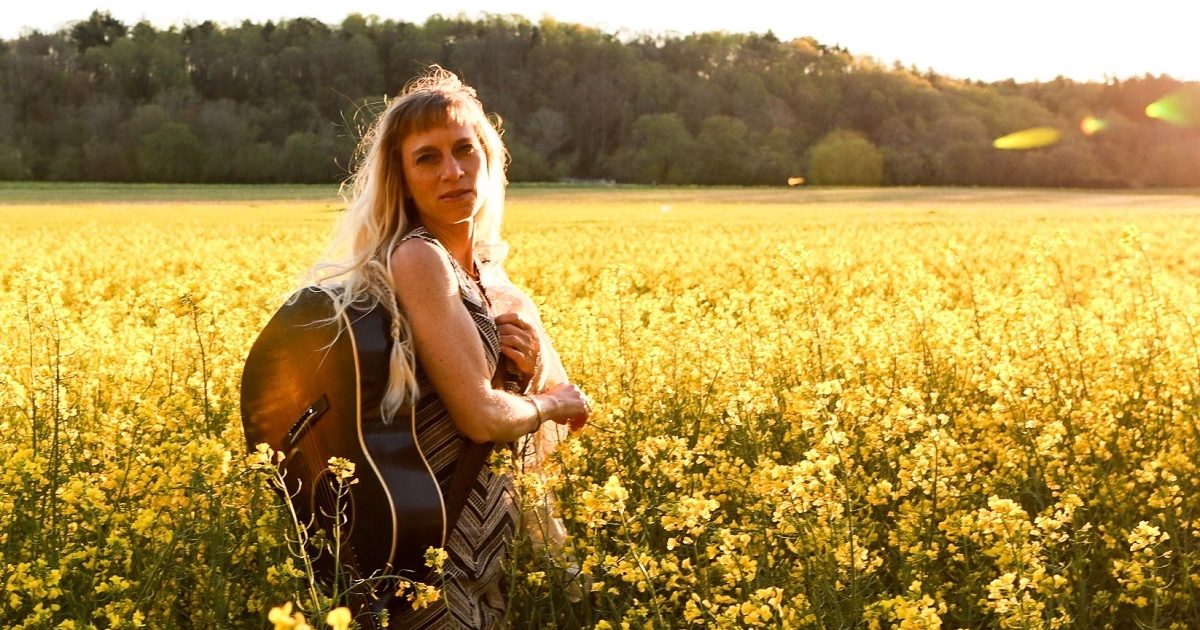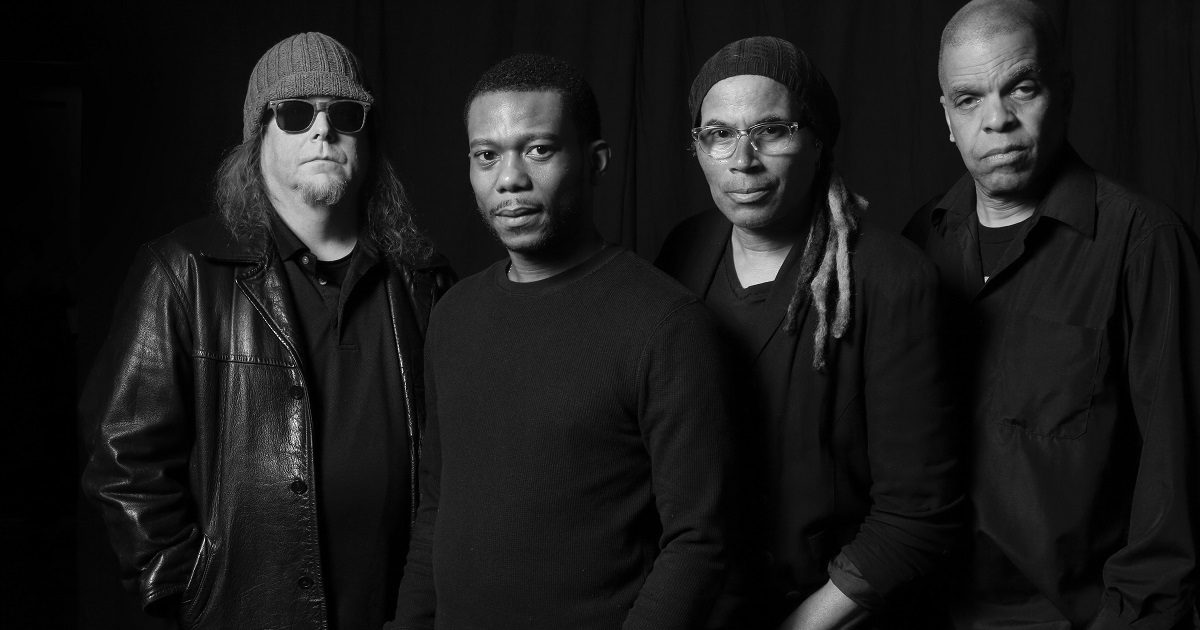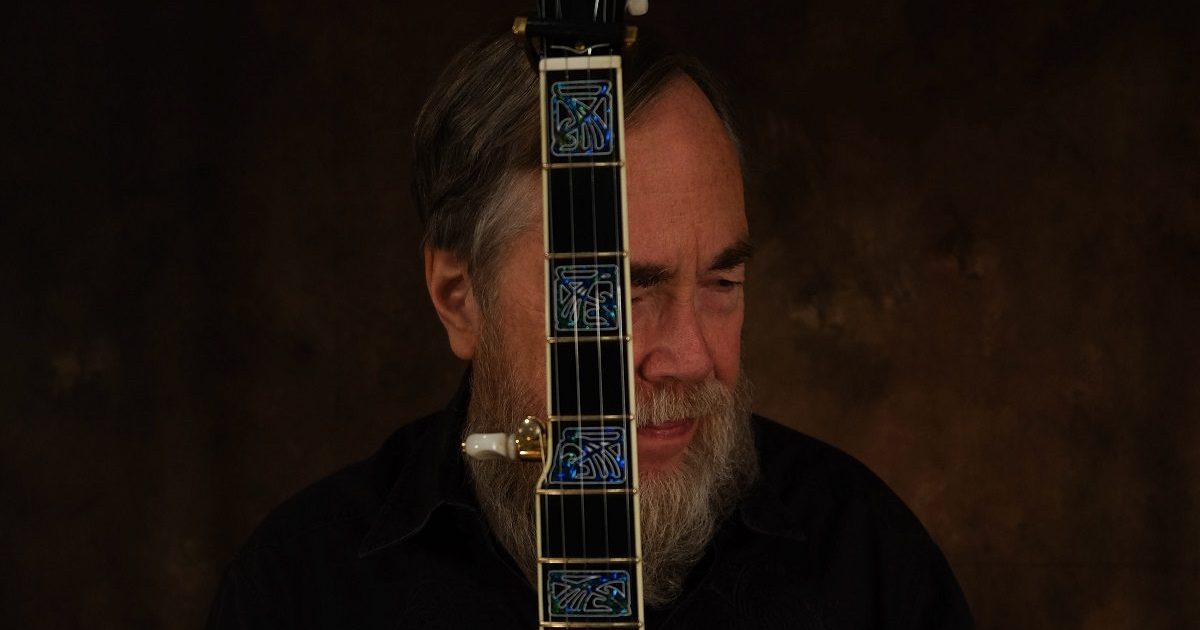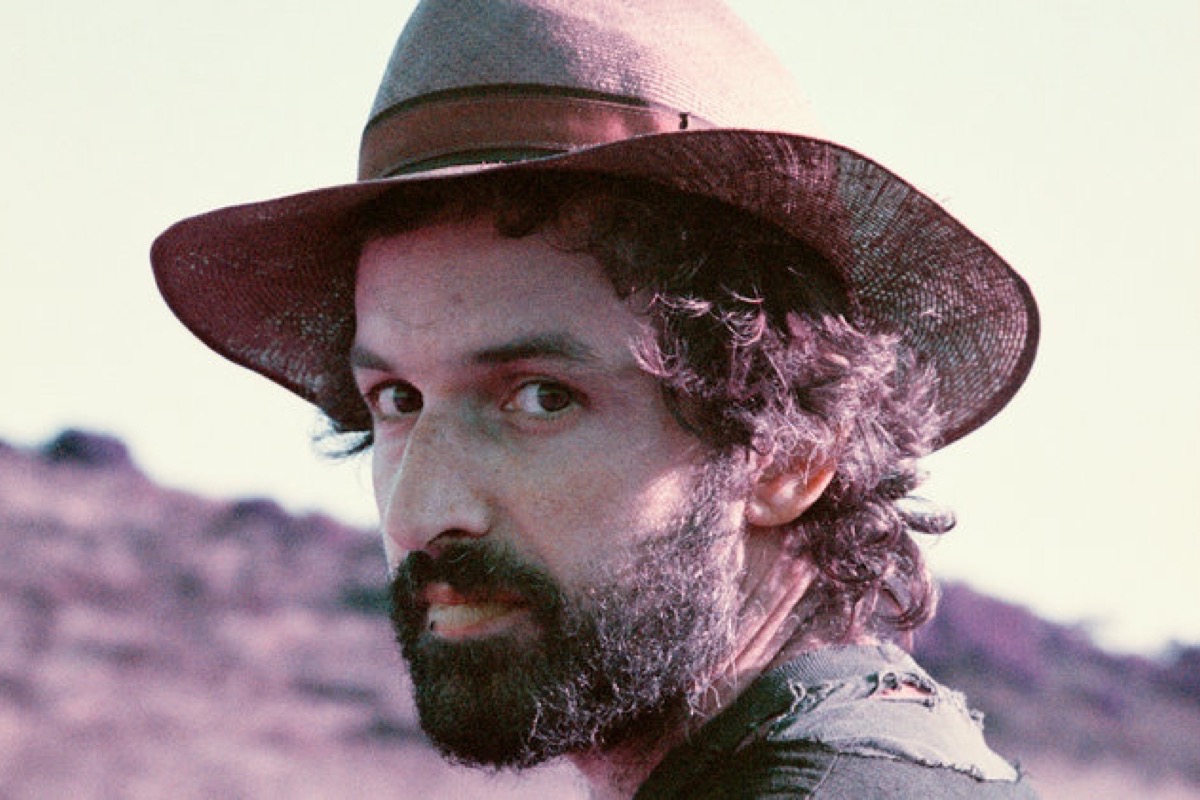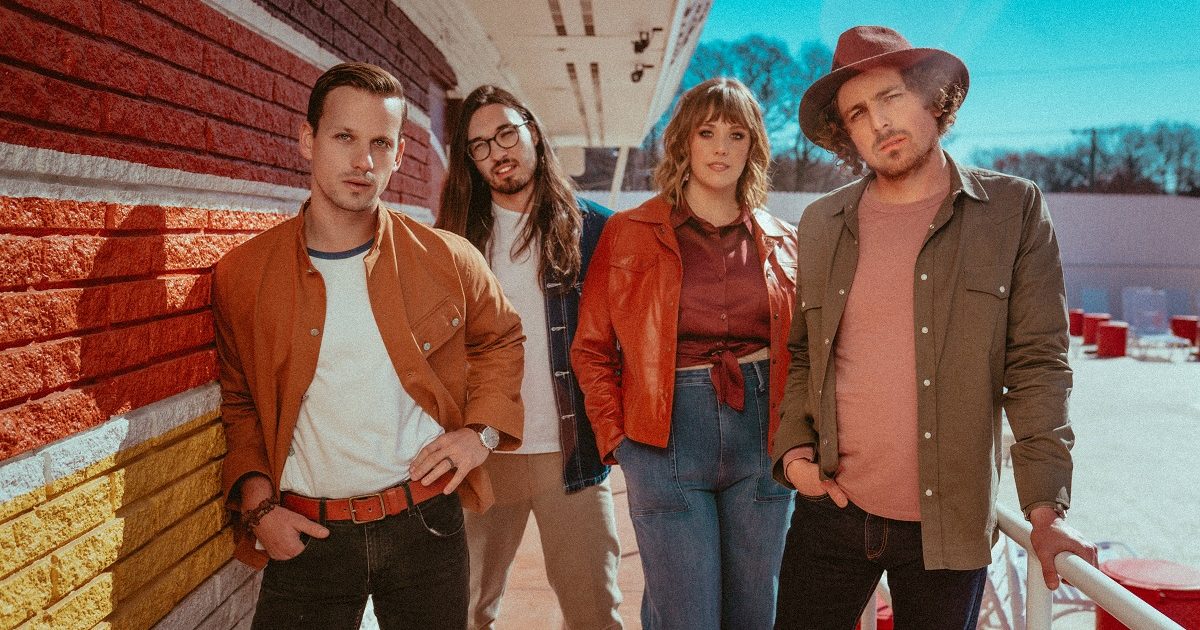I first heard the music of Etta Baker on a record in 1957. Not until thirty years later did I see her perform live, in the context of a bluegrass-oriented event, on September 26, 1987 at Gardner-Webb College’s Second Annual Earl Scruggs Music Celebration.
Gardner-Webb (G-W) is in Boiling Springs, N.C., an hour’s drive south of Baker’s Morganton home and a few miles southwest of Shelby. Scruggs’ birthplace, Flint Hill, is close by.
In 1986 G-W awarded Scruggs an honorary doctorate. Ill health kept him from attending that Celebration, but his long-time friend John Hartford came and led a seminar about him and performed at a concert honoring him. UNC folklorists taped the proceedings. Their recordings are available online at UNC’s Southern Folklife Collection.
After the success of the 1986 program a committee, chaired by G-W English professor Dr. Joyce Brown and including Shelby journalist and G-W grad Joe DePriest, began planning the 1987 celebration. They received assistance, a grant, from the Folklife Section of the N.C. Arts Council.
In August, a headline appeared on the front page of the Shelby Star: “Scruggs Celebration to get return engagement at G-W.” An article by DePriest quoted Brown: “We hope to make this an annual event — the most significant bluegrass event in the country. This is the logical place to center a recognition of our musical heritage.” DePriest added: “The program is not limited to bluegrass but will also focus on pre-bluegrass string music along with Afro-American contributions.”
The article described an action-packed day of music, with a morning concert-workshop by Etta Baker; an appearance by Riverbend Grass, the band in which Earl’s brother Horace played guitar; an afternoon of performances by six bands with Snuffy Jenkins, Pappy Sherrill and The Hired Hands opening; and afternoon workshops “on the history of bluegrass, its early radio days, and the Scruggs contributions.” In the evening was a concert by a popular new Nashville-based group, the Doug Dillard Band.
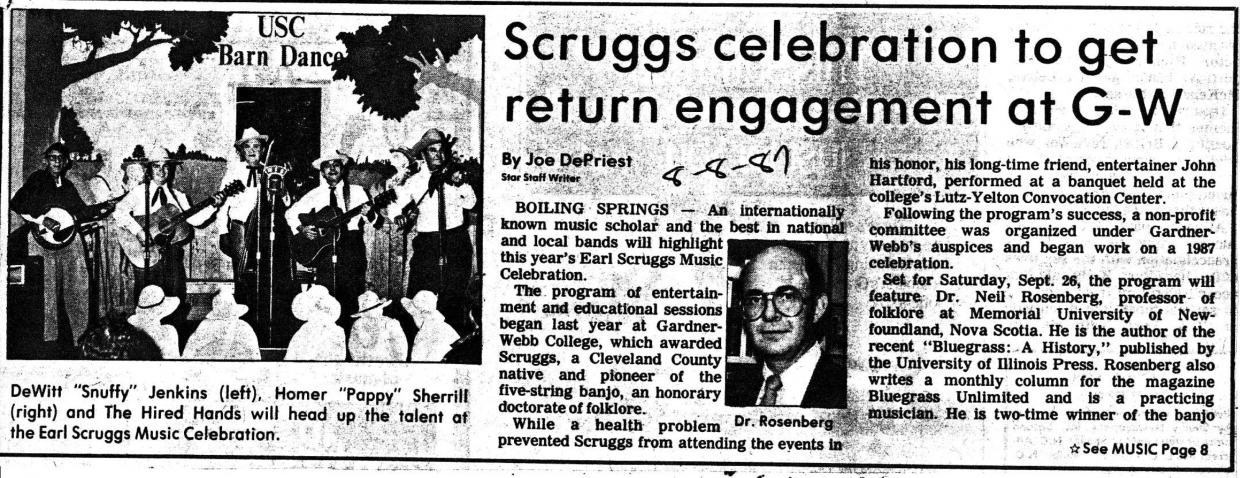
By then Professor Brown had invited me to participate in the Celebration. My name and picture ran with DePriest’s article next to that of Jenkins, Sherrill, and The Hired Hands, who were slated to “head up the talent” of the Celebration. Touted as “an internationally known music scholar,” I was to conduct the workshop on bluegrass history with Jenkins and Sherrill.
I had never been to North Carolina, a formative location for the bluegrass business I began writing about in the ’60s. In 1974 the Country Music Foundation published my illustrated Bill Monroe discography, and in 1981 I began a regular column in Bluegrass Unlimited, “Thirty Years Ago This Month.” Since 1985, when my second book, Bluegrass: A History, was published, I’d been giving public lectures on bluegrass history.
My early bluegrass experience began in the late ’50s as a musician in the Midwest and northern California. Most of the history I wrote about came to me through research. I’d read Billboard from the early ’40s onward, eagerly followed the writing of people like Bill Vernon and Pete Kuykendall in fan magazines, and interviewed key figures.
I first heard of G-W in the early ’80s during one of those interviews. I asked Flatt & Scruggs manager Louise Scruggs when their first bluegrass college concert took place. She paused: “Gardner-Webb, maybe?” But she was tentative, particularly since she didn’t think it would be easy to document — she hadn’t started managing Lester and Earl until 1956. Not until my 1987 trip to Boiling Springs did I learn the full story of Flatt and Scruggs playing the first college bluegrass concert — I’ll say more about that later.
In 1976, when I wrote about my research on folk and country music in Canada’s Maritime provinces, I opened by saying “I attended many events, taking notes in my omnipresent 3 ½ x 5″ notebooks. As soon afterward as possible, a description of the event was written up in a diary-like journal.” Throughout my visit to Boiling Springs I had a notebook in my pocket. Soon after returning home I wrote a detailed diary of the six-day trip based on my notes. Direct quotes (in italics) follow.
Leaving Wednesday September 23rd, I was met at the Raleigh-Durham airport by Dan Patterson, head of UNC’s Folklore Curriculum. The next afternoon I gave a public lecture hosted by the Curriculum: “Reality and Revival in Bluegrass.” After my talk I was introduced to Tom Hanchett who, with his wife Carol Sawyer, was to drive me to Boiling Springs. We made plans for an early start the next day. Here’s what I wrote in my diary:
Tom Hanchett is in his late twenties, grew up in the Blue Ridge of Virginia and in upstate New York. Went to school at Cornell, was introduced to bluegrass by Country Cooking (Trischka, Wernick, etc.), and plays a bit of old-time fiddle. Had, until about five months ago, been working with the Charlotte (N.C.) Mecklenburg Historic Properties Commission as a historian. He had organized “The Charlotte Country Music Story,” a series of concerts there which recognized the town as an early historic center for recording and broadcasting of country music. And he is now working on a Ph.D. in southern urban history at UNC. His wife, Carol Sawyer, is a curator in a Museum of Technological history.
Tom charted our trip from Chapel Hill, in the northeastern Piedmont, to Boiling Springs, in the southwest, with a route that reflected the interest in local history and historic preservation that made him a perfect guide for our trip.
Tom had warned me beforehand that he was not an interstate man, so we followed a route that paralleled the old main railroad line (The Southern) that still runs from Washington to New Orleans.
Near Asheboro we stopped to visit Mac Whatley, mayor of Franklinville. He took us on a tour of this historic textile-mill region. I noted:
Whatley drove us out of town to the North and West, following Deep River, the source of textile mill power. We located the birthplace of Charlie Poole and looked at it from the road. There was a big “no trespassing, keep out” sign there.
Somewhere along here we were passed by a new Toyota 4-wheel drive pickup with a yellow and black bumper sticker that read “Ralph Stanley for President.”
>We were truly in bluegrass country, I thought. Stopping for lunch and errands in Charlotte, Tom pointed out the hotel where RCA Victor had recorded the Monroe Brothers and many others during the thirties.
We reached the Shelby Star office in the early afternoon and met Joe DePriest, who gave us a quick introduction to the local cultural landscape. A leisurely drive took us to the Cleveland County Historical Museum (lots of famous people there, mainly mill owners), the graveyard, and past the old Lily Mills building in the neighborhood where Earl Scruggs lived while working there. Heading south towards Boiling Springs, we drove past Flint Hill Church. Joe promised Horace would give us a tour of this neighborhood, where Earl grew up, later.
At G-W, I met Dr. Brown, who showed me my room and filled me in on the evening’s itinerary. A group of us involved in tomorrow’s event would be getting acquainted over dinner at Kelly’s Steakhouse, just across the South Carolina line near Blacksburg. At 5:30 we all met outside G-W’s Dover Library to drive there. Here I met Horace Scruggs and his wife Maida. I wrote in my diary:
Earl’s older brother Horace turned out to be a very friendly and easy-going person, not as shy and quiet as Earl, though with (not surprisingly) a very similar voice and accent. His wife, Maida (pronounced May-Ida), is also very friendly. Horace is retired, he worked as a maintenance man for Gardner-Webb and later for the city of Boiling Springs. He is on the Earl Scruggs celebration committee.
Joe and I rode with the Scruggses that night. We both asked questions. I made notes during our drive and dinner. I began by mentioning that Louise had told me Flatt & Scruggs had once played at G-W.
I asked about that and Horace said, yes, they did, that he thought it was when they were working out of Bristol (May 1948 to March 1949, according to my calculations), around 1950. It was a spur of the moment thing, in midweek, and there was not much advertising and not a full house. The crowd was a mixture of townspeople and local students.
Over dinner I asked him a bit about his own musical career.
… he didn’t try music because he didn’t think he could make a living at it. He married in 1941 and went into the army soon after that. His father played clawhammer banjo, and he remembers being awakened in the morning by the sound of his father’s banjo. His father would build a fire in the stove and then play the banjo. Earl and Horace would come in and sit on his knees while he played.
He told me about running the farm after his father died in 1930:
They grew cotton — a crop was 3 bales a year, which they sold at 36 cents a pound (bale is 500 lbs, so that works out to $540.00 a year). They grew corn for feed and meal. Had a mule and a buggy which was originally rubber tired but eventually they ran it on the rims.
He was Earl’s first guitar accompanist, so I asked him if people thought Earl was special as a musician back then.
He said yes, they did, people would come by the house to hear him pick, etc. And when he was still quite young, they entered a banjo contest and Earl beat Snuffy Jenkins. Of course, as Horace was quick to point out, part of this had to do with his age, the youngsters have an advantage in those contests where audience applause decides the issue.
Earl and his mother moved into Shelby when Horace went into the Army, and Earl went to work at Lily Mills.
Earl had been turned down for the draft because he had a nervous stomach. He worked long hours for the mill but later on in the war he would take time off to play music at various places, and, as Horace recalls, was repeatedly lectured by his boss for wasting his time playing the banjo when he should be working to better himself at the mill. His mother was, Horace said, not happy either about Earl’s musical career and just as he was dropping us off at the Library, he told us that his mother had made a prediction which came true that he, Horace, had never told Earl: she said when he left to play professionally that “when I die, he won’t be able to come to my funeral.” And this happened — Earl and Louise were in an accident rushing to her bedside, she died while they were in hospital recovering.
After dinner Horace spoke of Earl’s adventures on the road:
He told me that Earl roomed with Uncle Dave Macon when he traveled to shows with Monroe and the band, and that Uncle Dave always carried with him an old-fashioned doctor’s satchel in which he kept one of his own country hams. He slept on it, used it as a pillow. And he would take it into restaurants, have it sliced and fried for him.
Talk turned to local foodways and Maida and Horace told us about livermush.
This local delicacy consists of hog’s liver and lean hog meat ground and fried, with corn meal, salt and pepper added to taste (some people add a lot of pepper, the seasoning is very personalized); left to harden, it is then sliced and fried. They said Earl eats it, and other natives crave it. It’s found on a north/south line from Blacksburg north to the Virginia border. One native son who now lives in Oregon has a special metal suitcase which he fills with frozen livermush and flies it home with him on yearly visits. It is served at the Snack Shop in Boiling Springs, which is where Earl and Lester and the boys used to stop for meals when travelling though this neck of the woods. Joe remembers seeing the bus there when he was a student, it was no big deal at the time.
As I walked home with Tom and Carol after dinner I proposed that we go for breakfast in the morning to the Snack Shop and see about getting livermush.
They thought I was overenthusiastic I think but they agreed to go.
I had a busy day ahead — went to bed early.
Neil V. Rosenberg is an author, scholar, historian, banjo player, Bluegrass Music Hall of Fame inductee, and co-chair of the IBMA Foundation’s Arnold Shultz Fund.
Photo of Neil V. Rosenberg: Terri Thomson Rosenberg
